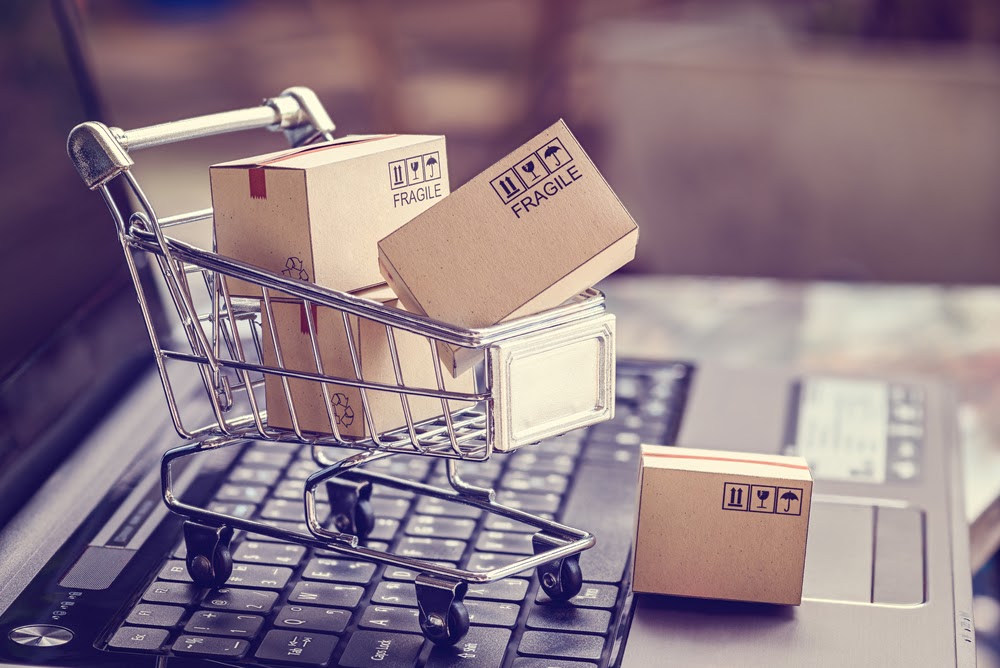The internet has changed the way that many of us shop in recent years. However, brick and mortar stores continue to play an important role in the Australian experience too, allowing customers an opportunity to have a tactile, in-person experience with the product or service that you are selling. As a startup retailer, you need to ensure that you make the right choice between a virtual and physical store to ensure your store is a success in today’s market.
Regardless of which option you decide to go for, it’s vital that you have the right systems in place to help you to manage your business effectively. Modern small business software packages provide business owners with all the functionality they need to ensure the seamless operation of their company. From payroll to staff scheduling, invoicing, customer relationship management and so much more, there’ no shortage of ways that you can use these systems to take control of your retail startup.
Let’s take a look at a few things you need to consider when choosing between eCommerce and storefront for your new retail business.
Hours Of Operation
Operating in the digital realm, your business is essentially always open. While being open all of the time and offering customers a more convenient retail experience is a great way to generate more income, it can also be much more stressful to manage.
With a storefront solution, on the other hand, customers are limited by your business hours which can make it more difficult for some customers to visit your store, however, this approach is preferred by many entrepreneurs with families and other commitments.
Exchanges And Returns
Processing exchanges and returns are unavoidable in the world of retail and you will need to find a system to make this process as straightforward both for you and for the customer. Brick and mortar stores naturally offer a quick and easy exchange and return solution, as customers come to you with whatever the issue is and you can simply deal with it there and then.
With an eCommerce setup, however, things can get a little more complicated. Verification of problems with items, dealing with shipping and angry emails can be challenging but there are some great tools and logistics solutions available that can help to lighten your load in this department.
Hiring Staff
Hiring a strong team is essential, whether you are working in-store, or online. Recruiting staff for a brick and mortar store is typically a lot more expensive, time-consuming and requires multiple staff. You will need to invest in marketing the available position, spend time interviewing respective candidates and invest time and money in training them, during a period of time when you will also need to pay them.
Conversely, with an eCommerce store, you need a lot less staff to run your business. In fact, you may be able to outsource a lot of your tasks, use cloud-based business tools and hire freelancers when required to help with various tasks, instead of committing to taking on full-time staff. You can also hire candidates from other countries that are more cost-effective but equally capable, saving your startup money, which is particularly important in the early days.
Choose The Retail Solution That Best Meets Your Needs
Making the choice between storefront and eCommerce is a difficult choice for many new retail startups nowadays. While both have their strengths and weaknesses, it’s worth noting that a physical store will generally be more expensive to get off the ground as you will need to lease a space, fit it out properly, hire more staff, pay overheads, insurance, and generally have far more overhead. Nowadays, many retail stores choose a combination of both options, selling online to serve those customers who cannot physically visit the store, or want a more convenient option, while providing that all-important face-to-face experience in-store.
